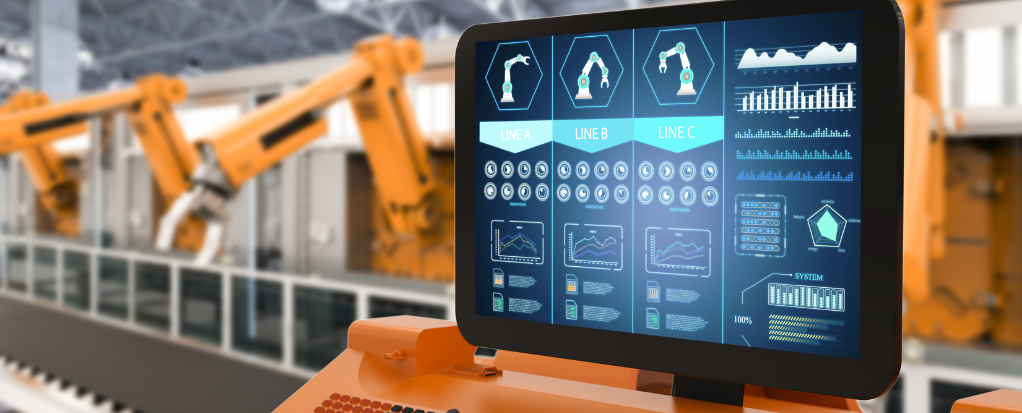
David Dye
Area Vice President
If you ask large-enterprise learning leaders how much of their content they translate, a surprising number will reply, “Not as much as we should.” The truth is, these leaders know their learners would learn more from content provided in their dominant language. Often, the leaders could justify the budget for outsourcing the translation work. So what’s stopping them?
This is where technology comes in. Vendors use a Computer-Assisted Translation (CAT) tool to make the translation process more efficient. CAT provides access to two big labor savers: machine translation and translation memory. Machine translation is usually an AI service like Google Translate that attempts to provide a fully automated translation. Translation memory is an aid to human linguists that keeps track of how segments of text were previously translated and suggests the prior translation in the flow of work, saving time and improving consistency. Modern translation workflows use both of these extensively.
Most translation vendors use the same CAT tool: SDL Trados.
Many people believe AI is about to change the translation industry. While AI-based machine translation has already replaced some human translation and is likely to replace more in the next few years, human linguists are still needed when creativity, contextual accuracy, and nuance are important. As AI shifts our expectations of what should be translated, only time will tell how these changes will affect the translation industry and the ongoing need for professional human linguists.
Some savings from translation memory are passed to the customer in the form of differential pricing for segments of content such as these:
- New translation: wholly original text that is charged at the full per-word rate.
- Exact matches: segments of text the translation memory has seen before. These are usually discounted significantly.
- Fuzzy matches: segments the translation memory sees as similar to text it has seen before. These are discounted less than exact matches.
- Repetitions: repeated segments of new translation within the project. These are usually discounted significantly.
Since per-word translation pricing is largely commoditized, much of the variability in translation pricing comes from how the vendor calculates and discounts these categories of content. Vendors might even provide significant differences in the number of repetitions and matches — even from the same translation memory — depending on their CAT system’s settings.
Hidden Costs?
If you have ever reviewed a translation invoice, you know the linguistic work (generally “Translation Services”) is just one of several line items. Other line items typically include:
- Editing/proofreading: per word costs that can apply to all content (including repetitions and matches).
- Project management: often as an hourly rate.
- Engineering: for importing the content to the CAT tool. Can vary by document number, size, and type.
- Desktop Publishing (DTP): effort to reproduce the appearance of the original document.
DTP tends to be the largest of these. Because of language expansion & contraction, your translated content is unlikely to fit on the page the same way as the original. If the original has text within images, content that needs to fit in tables or other small containers, or if you have special requirements like the pagination of translations needing to match the source document, DTP costs can add up quickly. If the content was authored in highly formatted applications like Adobe InDesign or Articulate Storyline, DTP could add 20% or more to your translation costs.
The Real Hidden Costs

The Real Risk
Clearly, adding translation has the potential to compound inefficiencies in the content creation and management function. Even worse, consider how content errors in translations might lead to legal or safety risks.
When translating high-stakes content, hiring reputable vendors and conducting an internal SME review can mitigate much of this risk. It’s costly, but worth it. Again, though, is the content management piece. When something changes, will your system be up to the task of ensuring the translated content is updated, too?
System is an interesting word, since it can mean both your business processes and the computer applications involved in those processes.
This poses a dilemma: should you translate your high-stakes content and run the risk of the critical content being inaccurate due to:
- Translation errors or content management breakdowns.
OR - Opt not to translate and run the risk of less effective learning outcomes.
For many organizations, not translating their content has been the more defensible option. It is time to question the long-term defensibility of this decision, though.
What’s changing? AI, of course. As the perceived effort of translation continues its downward trend (translation is free and easy these days, right?), your employees, customers, and the legal system will expect you to translate more and more of your content. Technology is making translation easier, but the amount of content that you will need to translate will continue to grow.
Are you ready for that?
Struggling with high translation costs and content maintenance? Look no further! Watch our on-demand webinar featuring Leslie Farinella, our Chief Strategy Officer, as she shares valuable insights on effectively measuring the impact of training to enhance your training programs and boost business performance. Stop losing sleep over translation expenses and content upkeep – let Leslie guide you towards success.

Webinar: It’s Time to Rethink ROI
In this Training Industry Webinar, Leslie Farinella, Chief Strategy Officer at Xyleme, and other industry leaders gave key insights on how to effectively measure the impact of training to improve your training programs and drive business performance.





